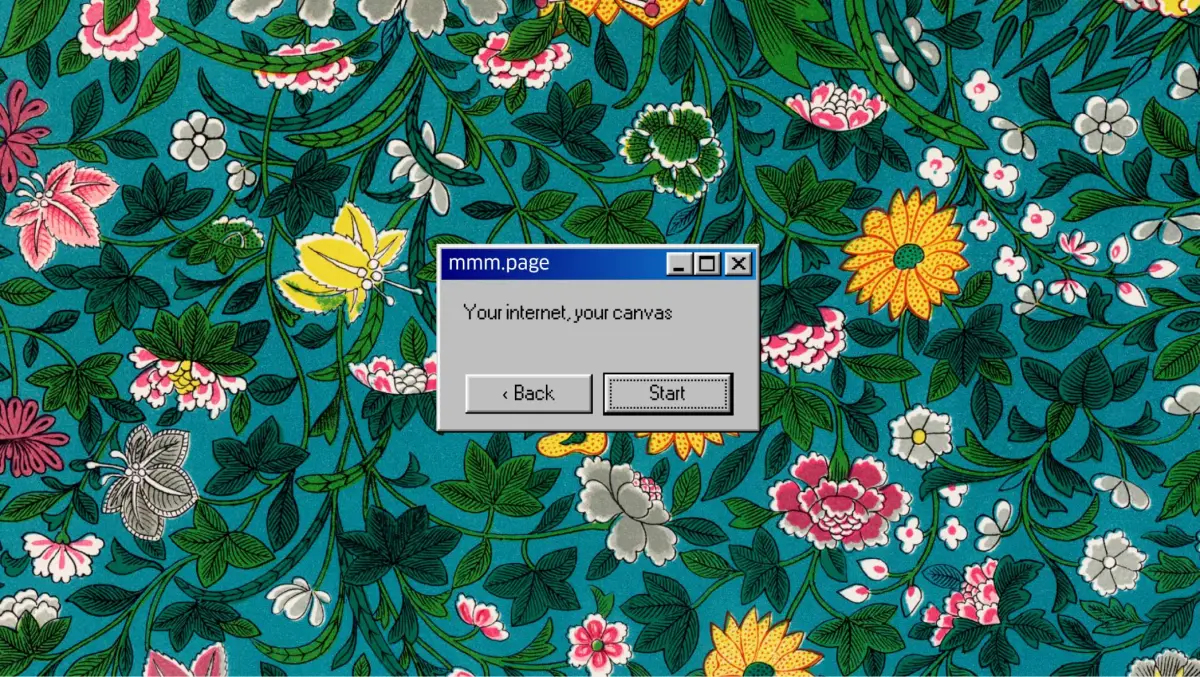I once thought software subscriptions were a total scam until I crunched the numbers.
Looking to Purchase a Lifetime License for Your Favorite App? Best of Luck. Whether You Like it or Not, the Future is All About Subscriptions. Here's Why it Makes Sense.
The Rise of Software Subscriptions: A Necessary Evil or Clever Business Strategy?

Remember the good old days when you could buy software once and use it forever? Well, those days are long gone. We’re now living in the software-as-a-subscription era, where monthly or annual fees have become the norm. And while some people may grumble about it, the truth is, software subscriptions are here to stay. But fear not, dear readers! As a computer technology and programming expert, let me shed some light on this seemingly controversial topic and help you understand why software subscriptions have become the industry standard.
How It All Started
The software subscription model gained traction with Adobe’s bold move in 2013 when it replaced its Creative Suite with the subscription-based Creative Cloud product. This shift allowed users to access the entire collection of Adobe’s creative tools for a flat monthly fee, rather than shelling out a hefty sum for a perpetual license.
Following in Adobe’s footsteps, Microsoft transitioned its Office suite to the subscription-based Office 365 in the same year, and Apple opened the doors for subscription-based pricing for apps in any category in 2016. Even smaller developers like AgileBits, the creator of the popular password manager 1Password, have jumped on the subscription bandwagon, offering cloud-based subscription models for their products.
The Appeal of Subscriptions
But why have software subscriptions become so popular? 🤔 Well, it all comes down to two factors: affordability and convenience.
Gone are the days when small or medium-sized businesses could afford to shell out hundreds of dollars for a software license. Today, a monthly subscription provides access to powerful productivity tools without breaking the bank. For example, instead of paying a whopping $538.80 (plus tax) for a perpetual license of Adobe Acrobat Pro 2020, you can get the Creative Cloud version for just $19.95 per month, which also includes cloud storage and automatic updates.
From a customer’s perspective, software subscriptions also eliminate the hassle of dealing with product keys, online activation, and transferring licenses when changing hardware. With a subscription-based product, you can simply sign in using your cloud credentials and activate the software on multiple devices, making it incredibly convenient for users.
The Business Side of Subscriptions
Now, let’s dive into the business side of things. Why do software developers prefer subscriptions over perpetual licenses? Well, it all boils down to sustainability. 💼
When developers rely on perpetual licenses, they experience a surge in revenue with each new release. However, this revenue eventually dwindles as they invest time and resources into developing the next version and convincing customers to pay for upgrades. To build a sustainable business, developers need a steady stream of revenue to continually improve their software. And that’s exactly what the subscription model offers – a consistent cash flow that supports ongoing development efforts.
Q&A: Addressing Your Concerns
Q: Are software subscriptions just a way for Big Tech companies to squeeze more money out of us?
A: While it’s easy to assume that software subscriptions are a cash-grabbing tactic, the reality is more nuanced. Yes, companies benefit financially from subscriptions, but it’s also a model that ensures their long-term survival. By providing a continuous revenue stream, developers can invest in innovation, updates, and support, ultimately delivering better products to their customers.
Q: But I still don’t like the idea of paying indefinitely. What about owning the software?
A: Owning software outright may sound appealing, but it often comes with limitations. Perpetual licenses can become outdated and require additional fees for upgrades. With a subscription, you’re guaranteed access to the latest features, updates, and support. Think of it as having a never-ending supply of freshly baked software goodness.
Q: Are there any alternatives to software subscriptions?
A: If you find the idea of paying for software unappealing, open-source options are available. These community-driven projects provide free alternatives that might suit your needs. However, keep in mind that they may not offer the same level of polish, support, and integration as their subscription-based counterparts.
The Future of Software Subscriptions
The rise of software subscriptions shows no signs of slowing down. As more developers embrace this model, it’s essential to ensure that subscriptions offer genuine value to customers. Companies must clearly communicate the benefits of their subscriptions and deliver outstanding experiences that justify the ongoing costs.
In the coming years, we can expect software subscriptions to become even more prevalent, with new and innovative pricing models emerging. Developers will continue to refine their offerings, providing better options tailored to different user needs. So, embrace the subscription revolution and get ready for a future filled with continuously improving software at your fingertips!
References:
- “Save Flights for Life with Discounted Subscription: Dollar Flight Club”
- “6 Ways to Save Money on TV Streaming Without Losing the Shows You Love”
- “Microsoft Expands EU Data Localization Efforts to Cover System Logs”
- “XYTE Stirs up $30M to Enable Hardware Maker to Build Subscription Products”
- “The Best Password Managers to Protect and Streamline Your Logins”
- “4 Startup Fundamentals to Help You Avoid Epic Product Fails”
- “Digital Onboarding Grabs $58M to Help Banks with Profitable Customer Engagement”
- “Klarna Introduces $7.99 Klarna Plus Subscription Plan as It Approaches IPO”
Hey tech enthusiasts! What are your thoughts on software subscriptions? Are they the way of the future or just another way for companies to empty our wallets? Share your opinions and experiences in the comments below! And don’t forget to hit that share button to spread the word on social media. 💻🔄📱






